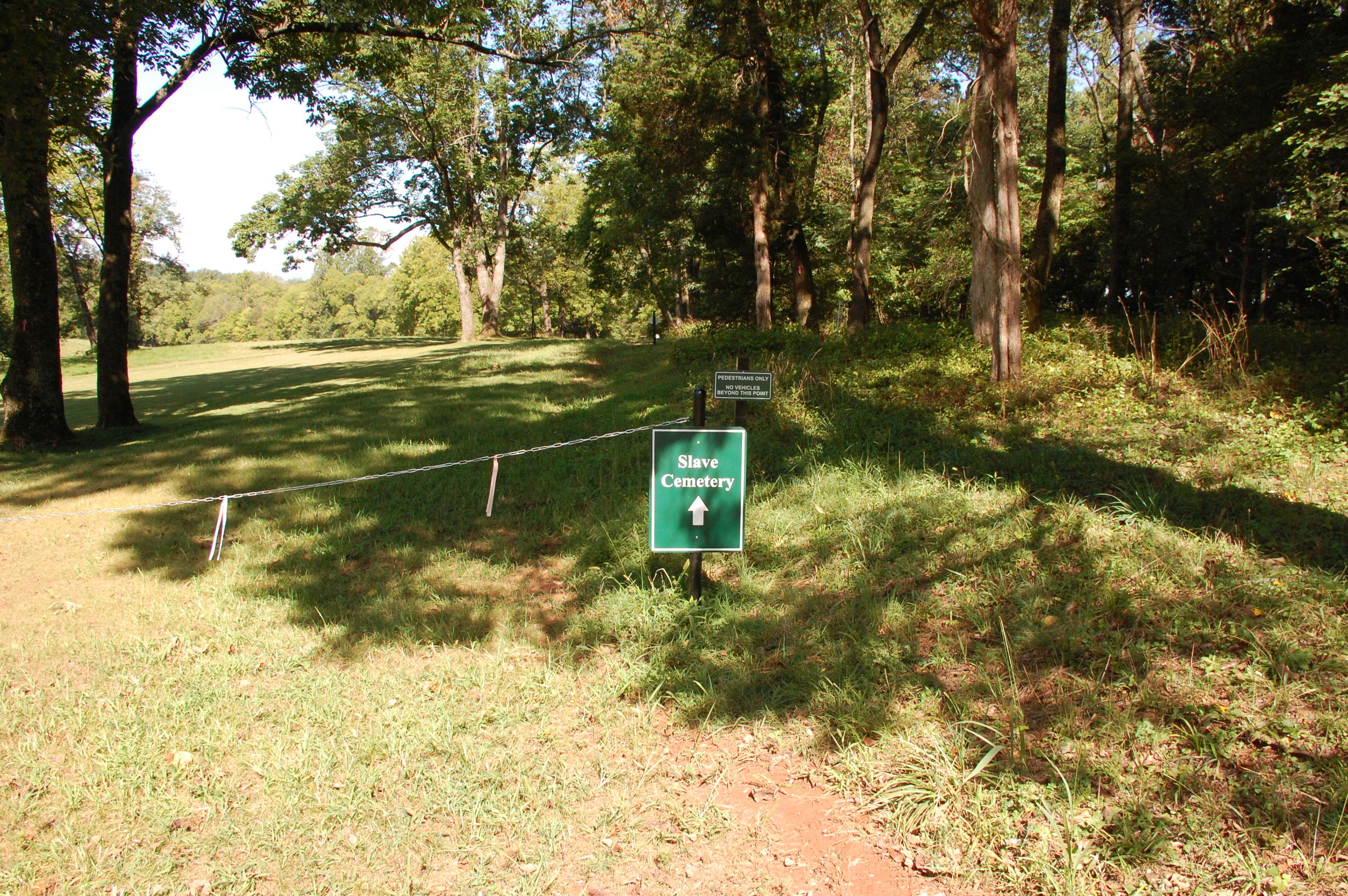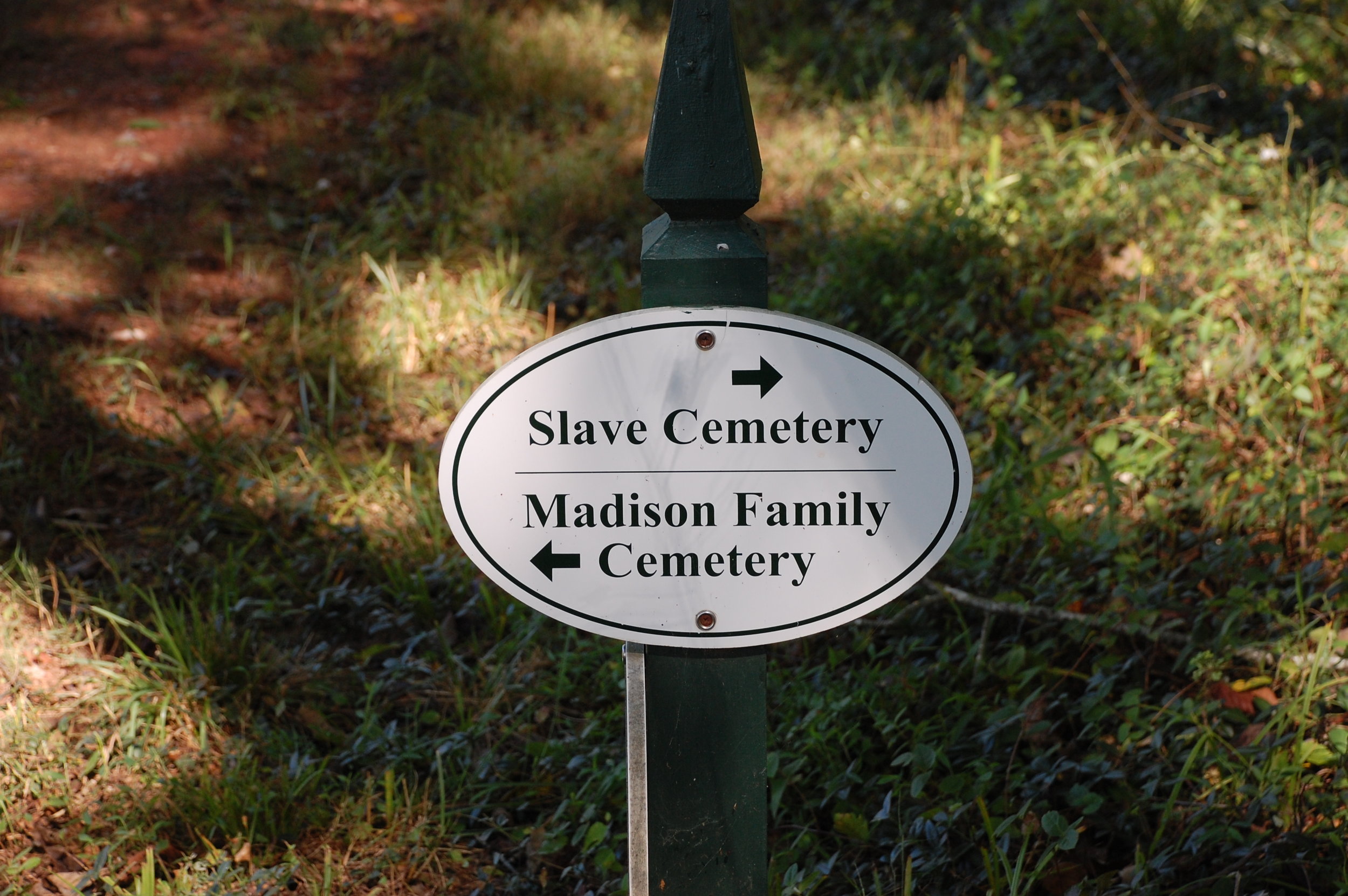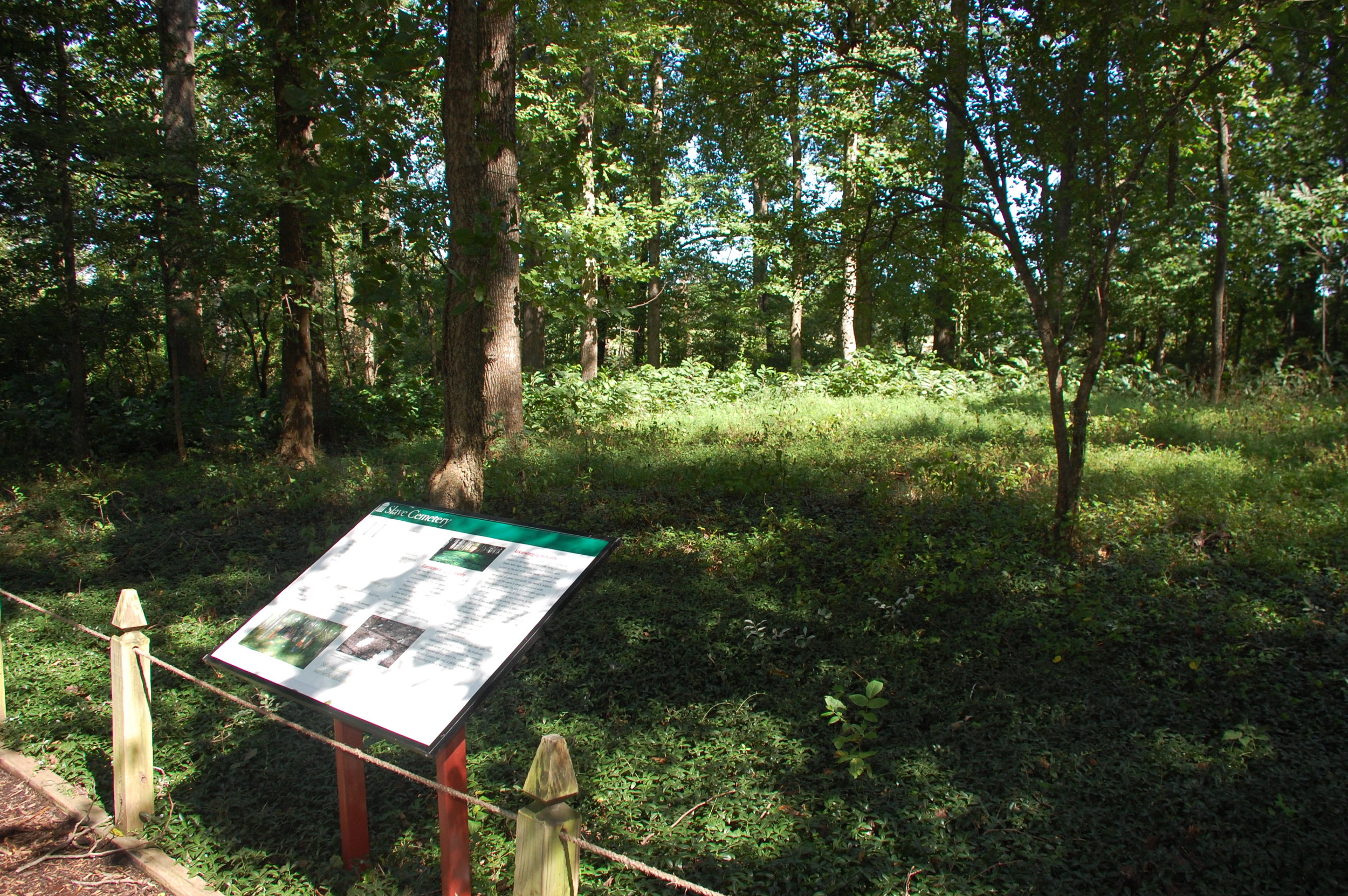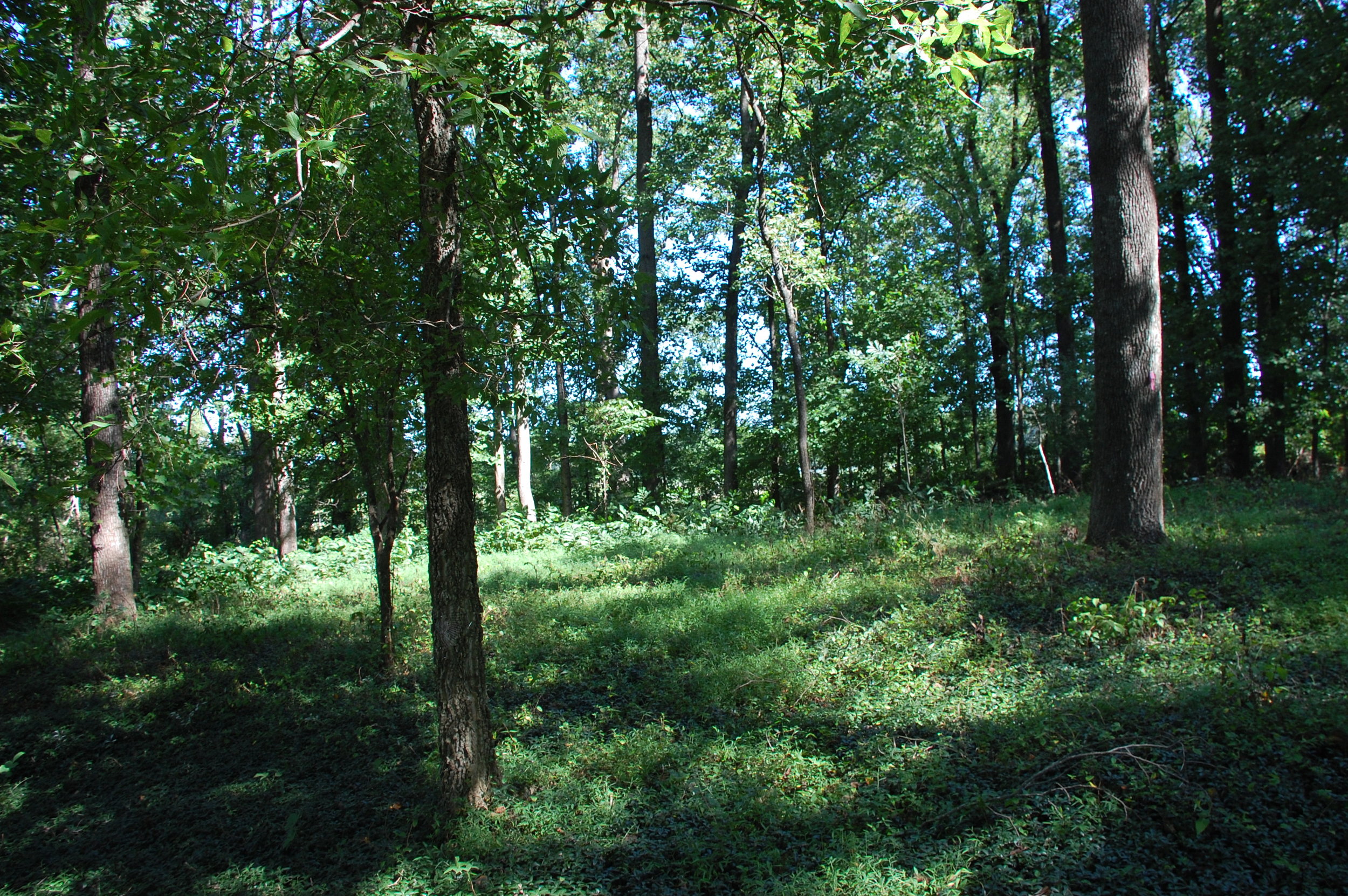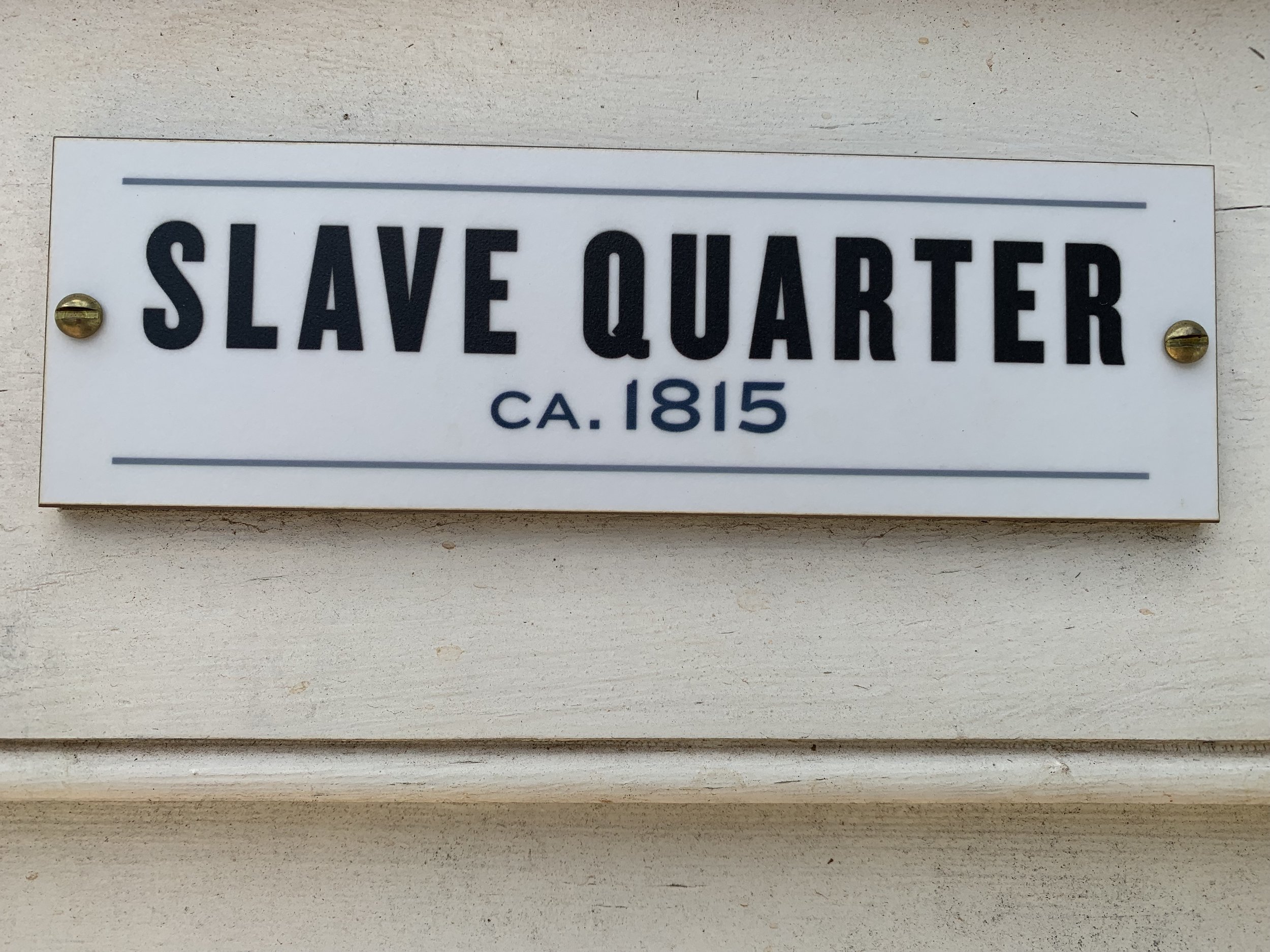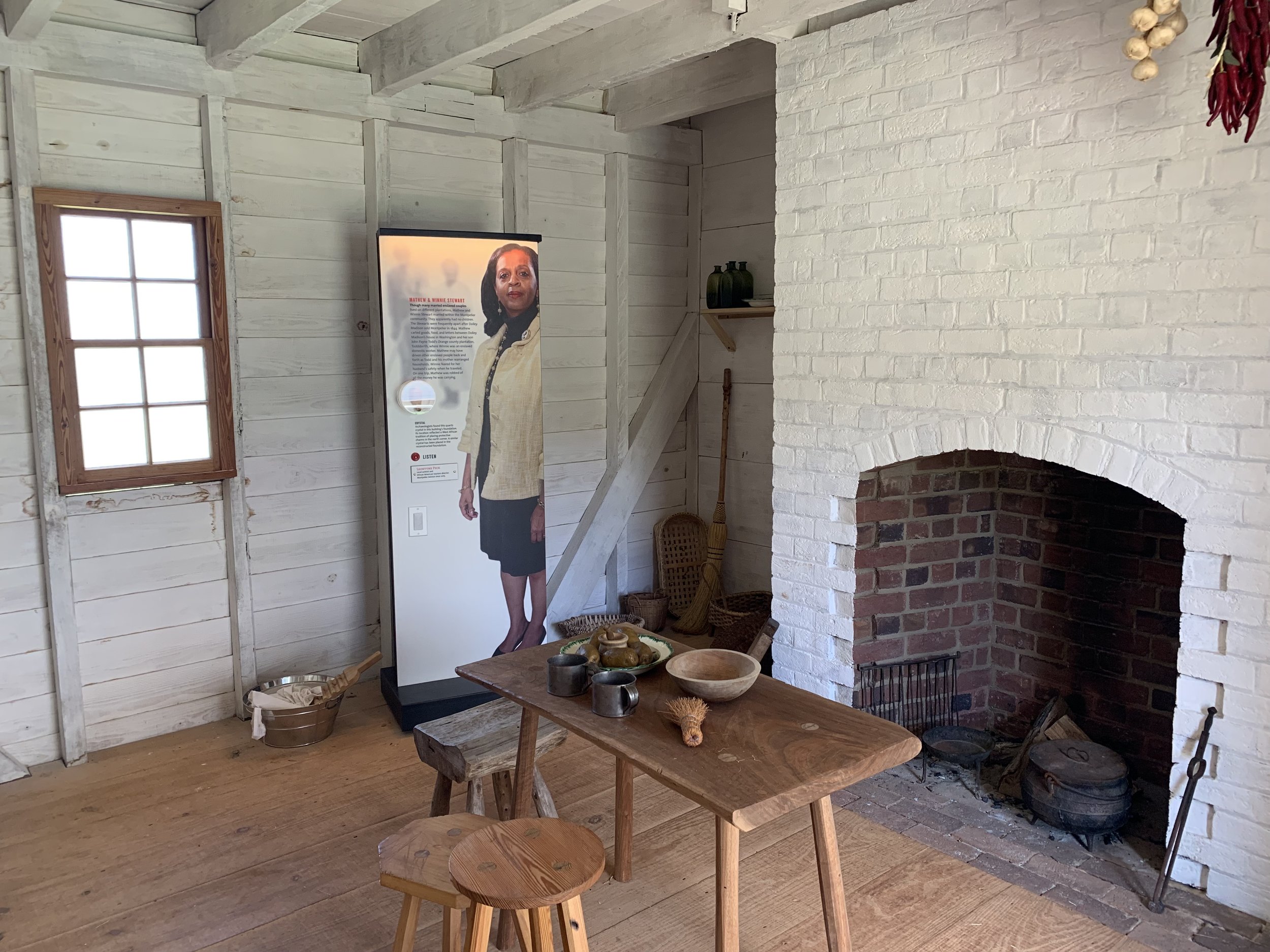Recently, I had a discussion with a colleague about the problem of interpreting slavery at historic plantations in Virginia. We spoke specifically about Mount Vernon (George Washington), Gunston Hall (George Mason), Montpelier (James Madison), and Monticello (Thomas Jefferson). I was fascinated with her take that the curators and historians at these historic plantations still needed to expand and integrate slavery into the historic house tours. In her eyes, these institutions still had not done enough to interpret slavery as present in every aspect of daily life on the plantation, including the interior spaces of the main house.
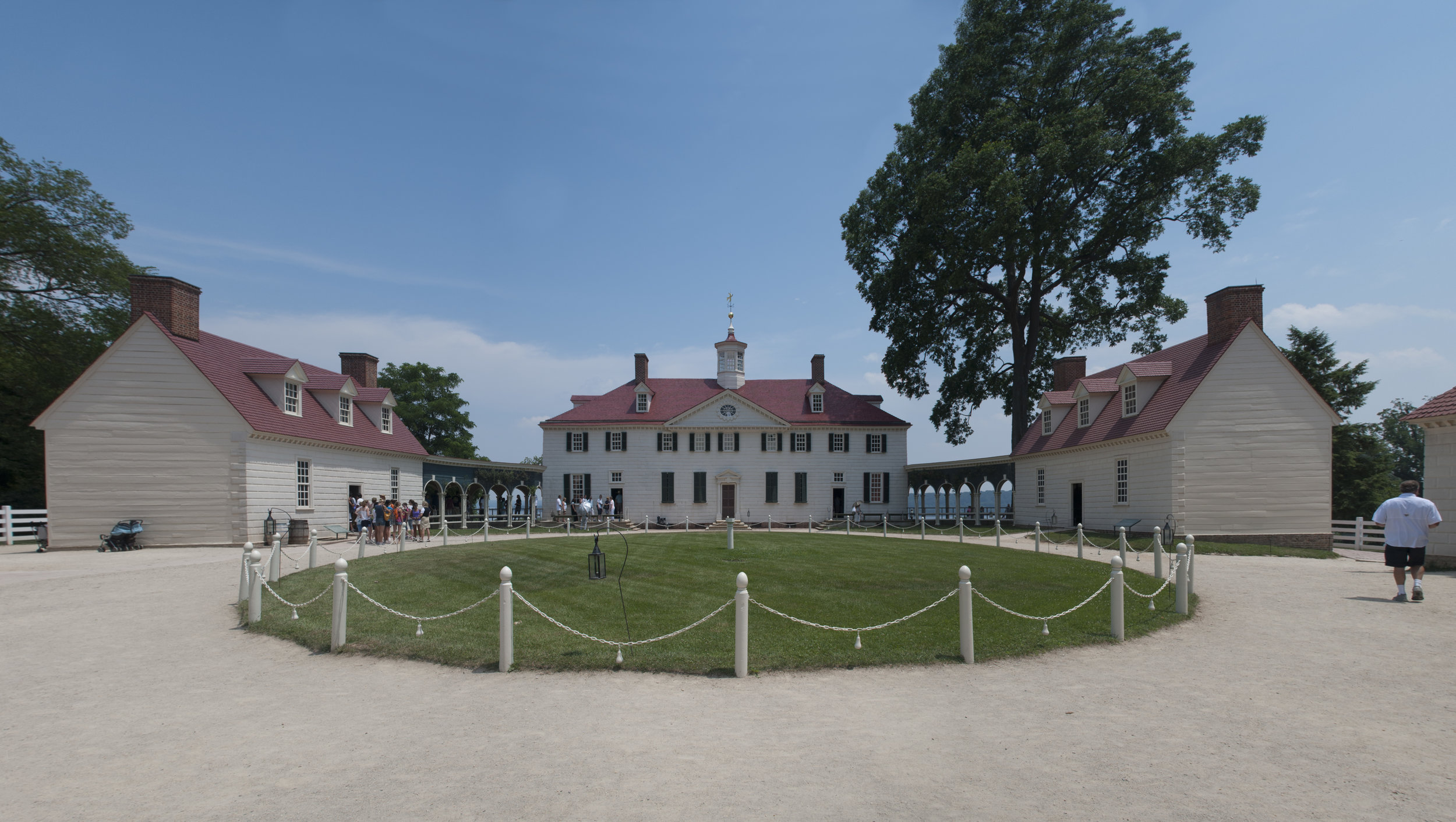
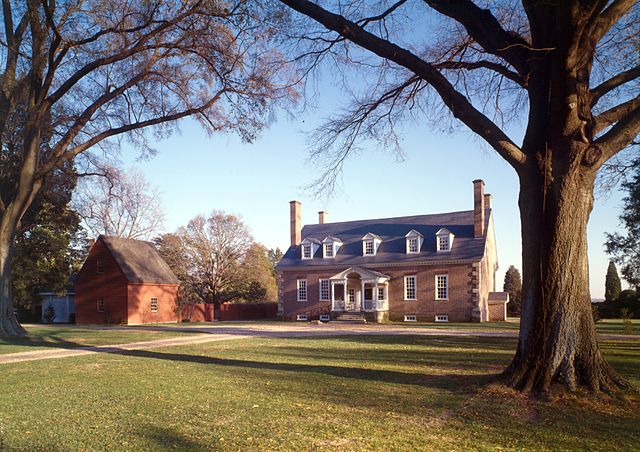
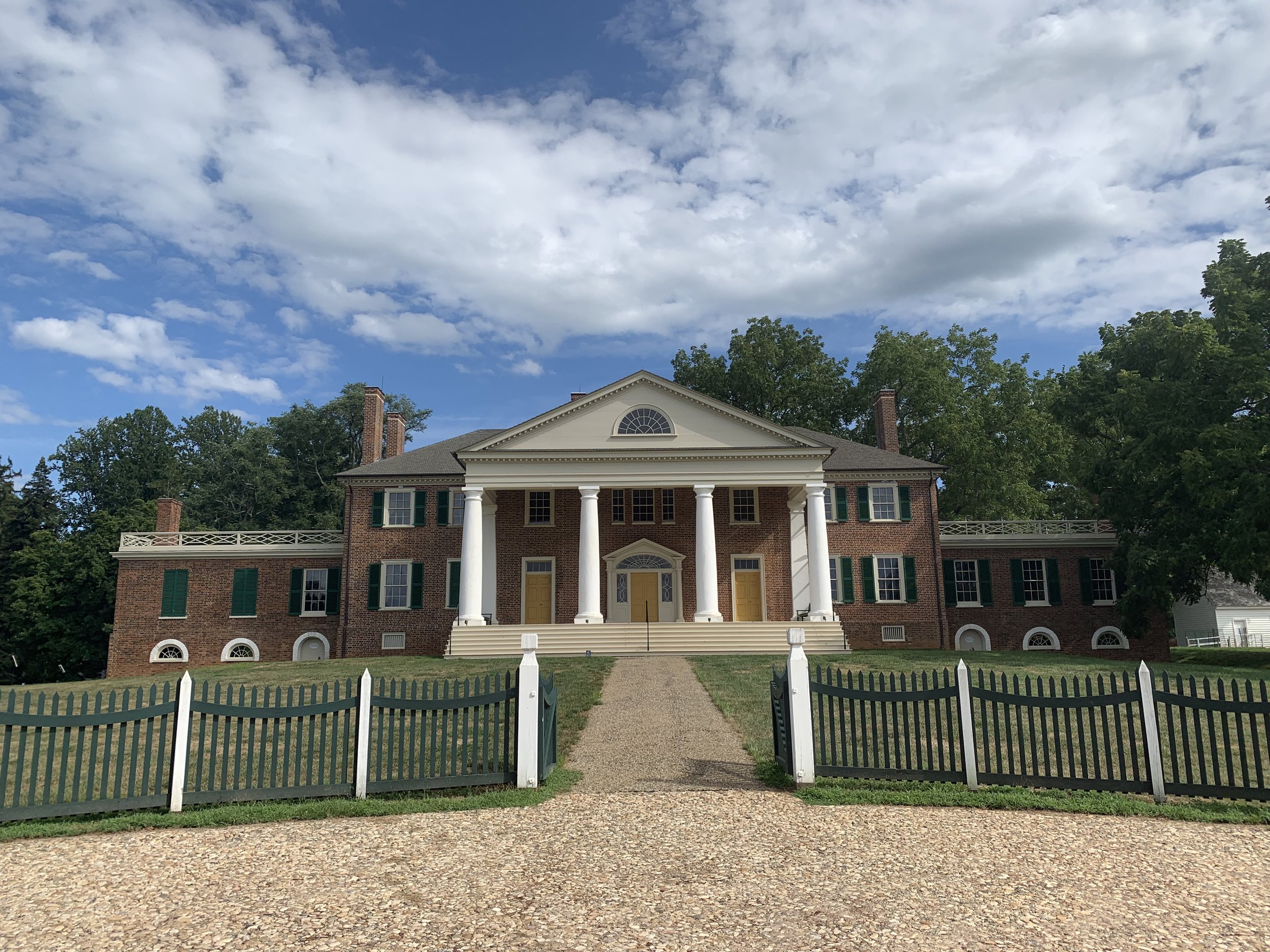
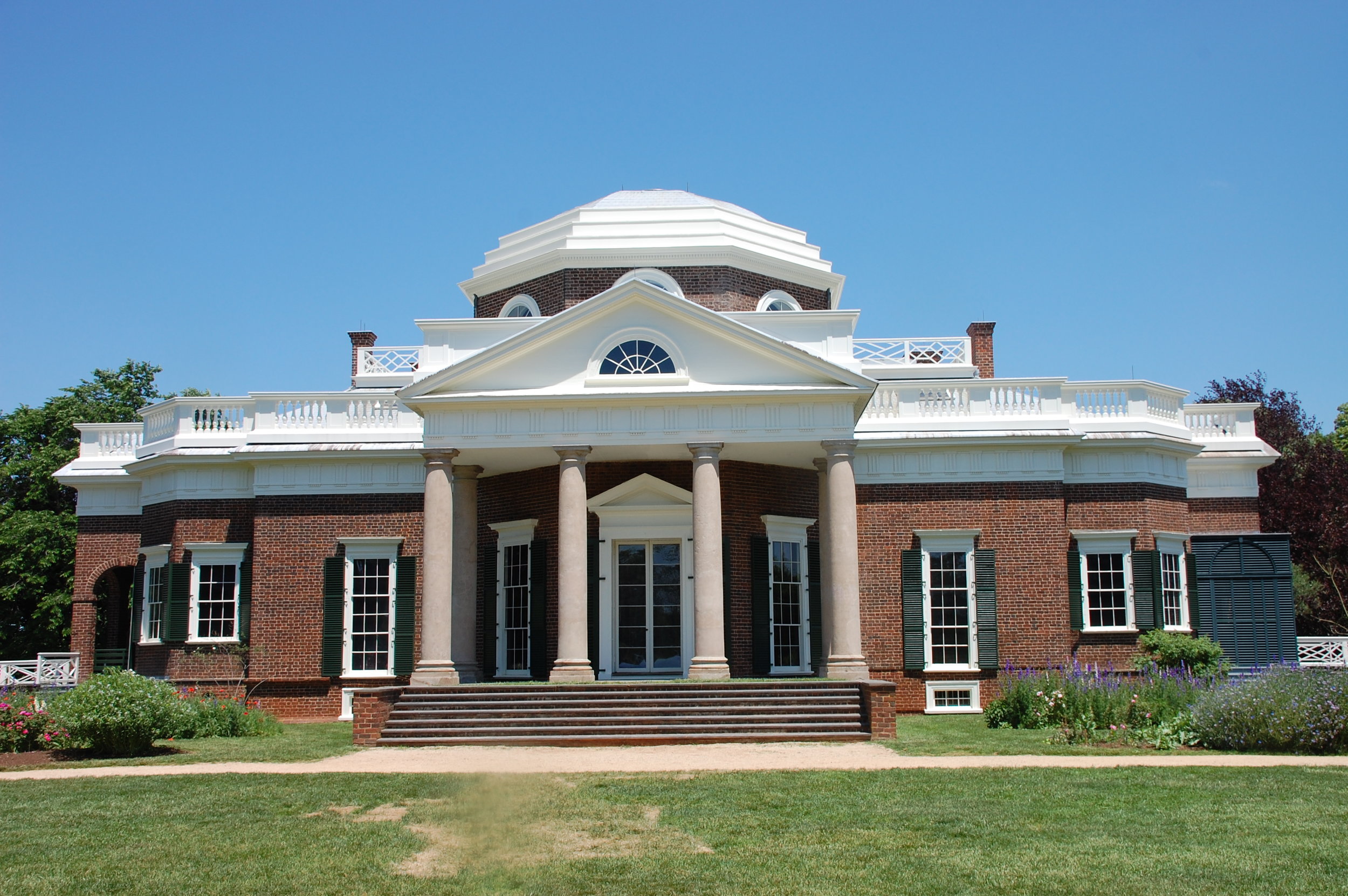
Curious about Montpelier and its story of the enslaved community, I decided a visit was in order. I turned to Montpelier’s website to get a sense of its mission. The website states explicitly that the house museum is
“A memorial to James Madison and the Enslaved Community, a museum of American history, and a center for constitutional education that engages the public with the enduring legacy of Madison's most powerful idea: government by the people.”
This language surprised me and made me wonder what visitors thought about this declaration, and what they expected on the tours.
Montpelier, Montpelier Station, Virginia. Photo by Renée Ater, August 2019.
With my friend Yui Suzuki accompanying me, we arrived on site at 10:30 am. Since we had an hour to explore before the tour, we decided to begin with a walk to the slave cemetery. Located some distance from the main house, the slave cemetery is a field of periwinkle, grasses, and trees with no boundary walls or headstones. Although not visible under the greenery, forty depressions indicate former graves of the enslaved. According to the tour guide, archaeologists note that the depressions are a result of sinking coffins and soil settling; the historic cemetery has not been restored. Montpelier has conducted archaeological work with remote sensing and cadaver dogs to determine that bodies are indeed buried at the location, and are in discussions about next steps. I must admit that I was disappointed at the lack of extensive archaeological work at the site as such excavations are happening elsewhere at Montpelier. I imagine the Montpelier Foundation must have well-considered plans for future excavation at the Slave Cemetery similar to the archaeology programs at the Alexandria’s Contraband and Freedmen Cemetery Memorial and the Slave Cemetery at Mount Vernon.
Click on the image below to activate the slide show.
Due to our arrival time, we decided to take the hour-long “Montpelier Enslaved Community” walking tour first, which is offered only two times a day at 11:30 am and 3:00 pm. The walking tour began with an overview of the history and then wound its way through the South Yard, adjacent to the house. After the walking tour, we participated in the the traditional hour-long “Signature Tour,” which is offered on the hour and is a room-by-room biographical tale of James and Dolly Madison. Finally we explored “The Mere Distinction of Colour” exhibition in the cellars of the Madison home. By taking the enslaved community tour first, my understanding of the house significantly changed. The guide focused specifically on the role of slavery in all aspects of the plantation during the 17th and 18th centuries. In addition, she narrated the lives of several enslaved persons laboring at Montpelier. Where as the “Montpelier Enslaved Community” guide was direct in discussing the role of slavery at Montpelier and the fundamental contradictions of James Madison as a founding father and slave owner, the “Signature Tour” guide focused mostly on the biographies of the Madisons with a mention of their manservant, Paul Jennings..
South Yard, Montpelier. Photo by Renée Ater, August 2019.
The reconstructed, pristine white South Yard is where the enslaved at Montpelier lived and worked. The South Yard includes two double homes, a kitchen, and a smokehouse. The buildings have been rebuilt based on archaeology and insurance maps from the time. The interpretation of the South Yard—the slave quarters and work buildings—is excellent and offers the unique perspective of the descendants of the enslaved at Montpelier. Objects, photographs, and audio all give visitors a sustained sense of individuals who labored, loved, bore children, worshiped, engaged each other as community, and resisted in small and big ways the horrific system of chattel slavery. The exhibition designers included objects on wooden tables in each slave quarter, encouraging visitors to pick them up and handle.
Click on the image below to activate the slide show.
Interview with Leontyne Peck, member of the Montpelier Descendants Community. PBS NewsHour, August 9, 2017.
Each building includes a window with the glass etched with the ghost-like forms of laboring black women. In rethinking the interpretation of slavery at the site, Montpelier staff decided to include the voices of the descendants with audio recordings in each slave quarter.
Etched Window in Slave Quarter, South Yard, Montpelier. Created by Proun Design, The Montpelier Foundation. Photo by Renée Ater, August 2019.
Photo Montage of portraits by Eduardo Montes-Bradley produced for The Mere Distinction of Colour, an exhibit at James Madison's Montpelier. Orange, Virginia. See https://vimeo.com/233047674.
The incorporation of the enslaved descendant voices is deeply affective. James Madison enslaved Rebecca Gilmore Coleman’s great-grandfather at Montpelier, and his descendants still live in the surrounding area. Listening to descendant voices such as Coleman’s, I came away with a sense of the pride that they felt about their ancestry, the deep commitment to their family histories, and the active role they play as stakeholders in the historical storytelling at the site.
“The Taylors,” Slave Quarter, South Yard, Montpelier. Created by Proun Design, The Montpelier Foundation. Photo by Renée Ater, August 2019.
Overall, the story of slavery at Montpelier is a powerful one and fully integrated throughout the site. My criticism lays with the consistent use of “contradiction” versus “hypocrisy” in describing James Madison’s attitudes towards democracy and slavery. Our tour guide told us not to judge Madison by the standards of our time because he was a “man of his time.” I disagree. Madison seemed fully aware that he held irreconcilable beliefs on freedom and slavery. He and the other founders created a republican form of government intertwined with the subjugation and enslavement of Africans. Even as we recognize their intellectual contributions to the nation, we cannot ignore their profound moral and ethical hypocrisy in maintaining chattel slavery for economic benefit.
Thirteen of the first eighteen presidents were slave holders. The backlit portraits indicate slave owning presidents. This graphic is from “The Mere Distinction of Colour” exhibition in the cellar of the Montpelier. Created by Proun Design, The Montpelier Foundation. Photo by Renée Ater, August 2019.
